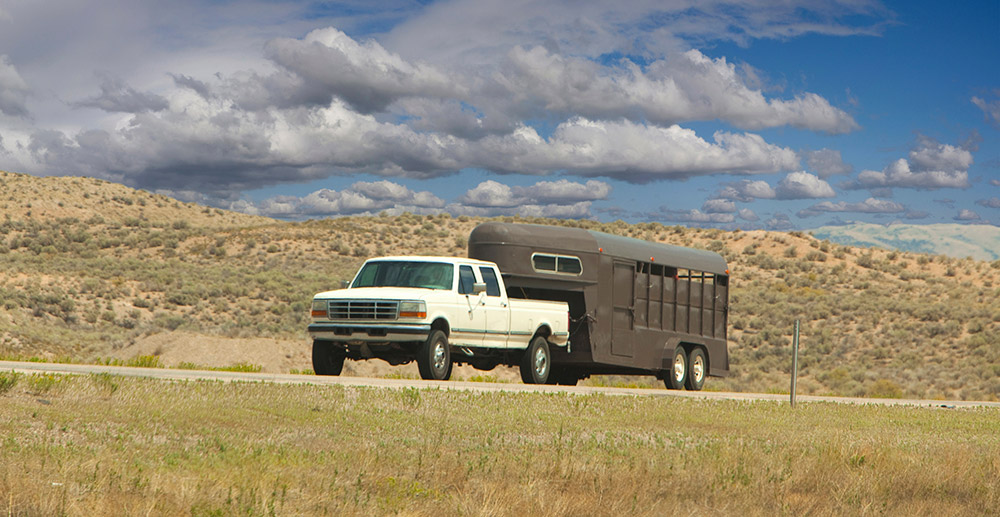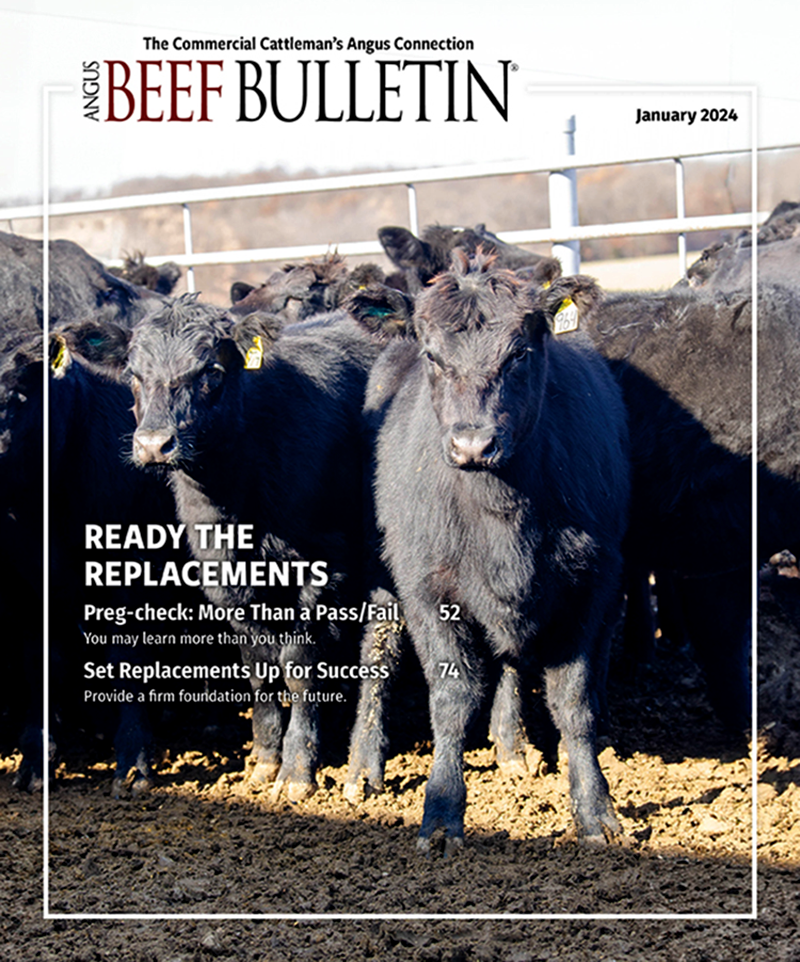
Prevent Livestock Theft
Special agent offers tips to prevent livestock theft.
The count is off. You’ve just checked the cows and the count is off by two or three. You decide to wait till morning to see if they turn up. The next morning comes, but still no cows. You don’t find any dead cattle. You ask your neighbors if they’ve seen them in their pastures. Another few days go by as they check their own cattle and look out for yours. Still nothing. It’s now been about a week and you start to think, “Well, maybe someone took them. I should call the police.” By now, the cattle have already been sold and any evidence of the outlaws is probably gone.
Now consider this scenario.
A sheer moment of dread grips your stomach as it drops like a tower amusement park ride. The gate lock has been cut. You count the cows and find the count is off. You know something is wrong immediately, so you call the police. They alert the state’s livestock and brand investigation unit, who come out to your place.
Investigators are able to find dually tire tracks, a gas station receipt that fell out of the outlaw’s truck, and a paint swatch along the gate post. Now there are clues to look for as they contact all area livestock markets. There is a much greater chance the cattle will be found and the thieves apprehended.
Kendal Lothman, special agent with the office of the Kansas attorney general, assists local agencies with livestock investigations in Kansas. Theft happens because it is a crime of opportunity and the outlaws are lazy. In his experience, thieves steal because they need money, and it often goes back to drugs, gambling or rodeo.
Thieves are not worried about being efficient, he says. They want to get in and get out. However, many cattle thieves don’t have cattle knowledge, so they need easy access to pens. They may also bait cattle with cow cake or alfalfa.
Lothman notes some common factors of stolen cattle. He’s seen 10 head taken between 300 pounds (lb.) and 600 lb. They might take one or two baby calves, because it is easier to assume new calves died instead of being taken. They’ll take five or six cows to go with the calves. However, most often, they will take what is accessible.
Thefts stay consistent whether the markets are up or down, Lothman says. Thefts are most often reported at the end of grazing season when cattle are gathered. The theft may have happened before, but it isn’t noticed until the cattle are taken off of those pastures.
Stealing cattle is the only crime in which the thief can get full-market value quickly, so protect your herd by following these tips.
Identify your cattle
“Branding is still the best way to identify missing livestock. It’s like a permanent return address. We rarely see cattle stolen that have a freeze brand. It stands out like a sore thumb, and thieves want to fly under the radar,” Lothman explains.
Ear tags are useful to determine your cattle from your neighbor’s, but they come out easily. Electronic ID tags get removed less frequently and they have unique 15-digit numbers printed on them. Lothman urges cattlemen to keep records of those tag numbers, because that’s a way of tracking down your cattle.
Surveillance
Check cows often and count your cattle weekly, he says. You’ll know if something’s amiss much more quickly.
While inconvenient, he suggests locking your gates. Yes, thieves can cut the lock, but you’ll know immediately that something is wrong. Locks can also deter lazier thieves. Trail cameras are another good way to monitor rural property.
Talk with your neighbors. If you or they notice anything suspicious, report it.
Watch the behavior of your cattle. If they are acting spooked, or if you notice bawling or dry cows, those could be signs of something wrong. Lothman recounts a rancher’s anecdote that his cows never used to come to the truck when he checked them, but then suddenly they did. Those cattle were being baited.
If you think your cattle were stolen, contact your local law enforcement. The report of missing livestock will be distributed to livestock markets, law enforcement officers and surrounding states.
“Markets are such an important key to detecting and catching outlaws that steal livestock,” Lothman says. “A timely report is crucial.”



